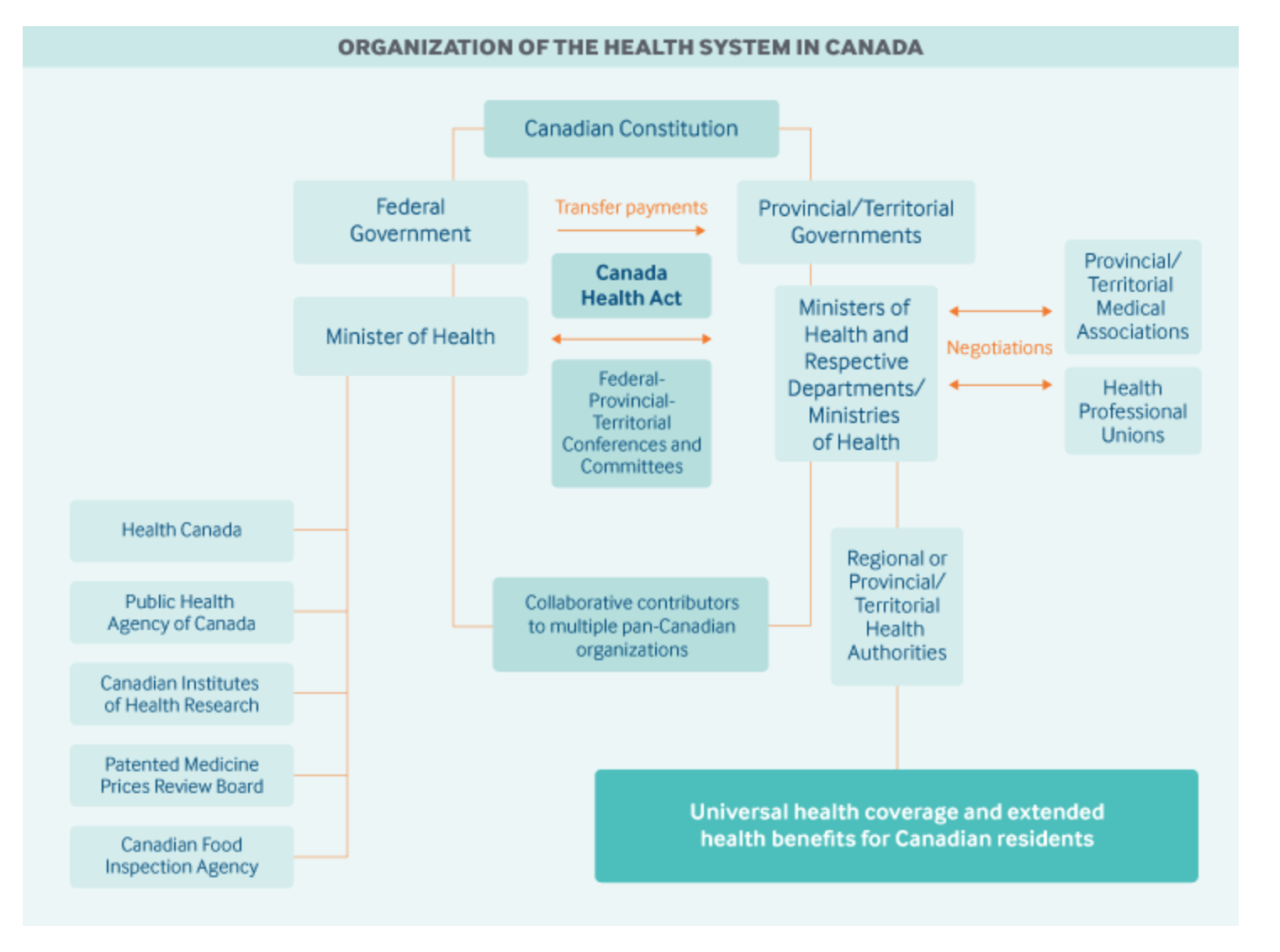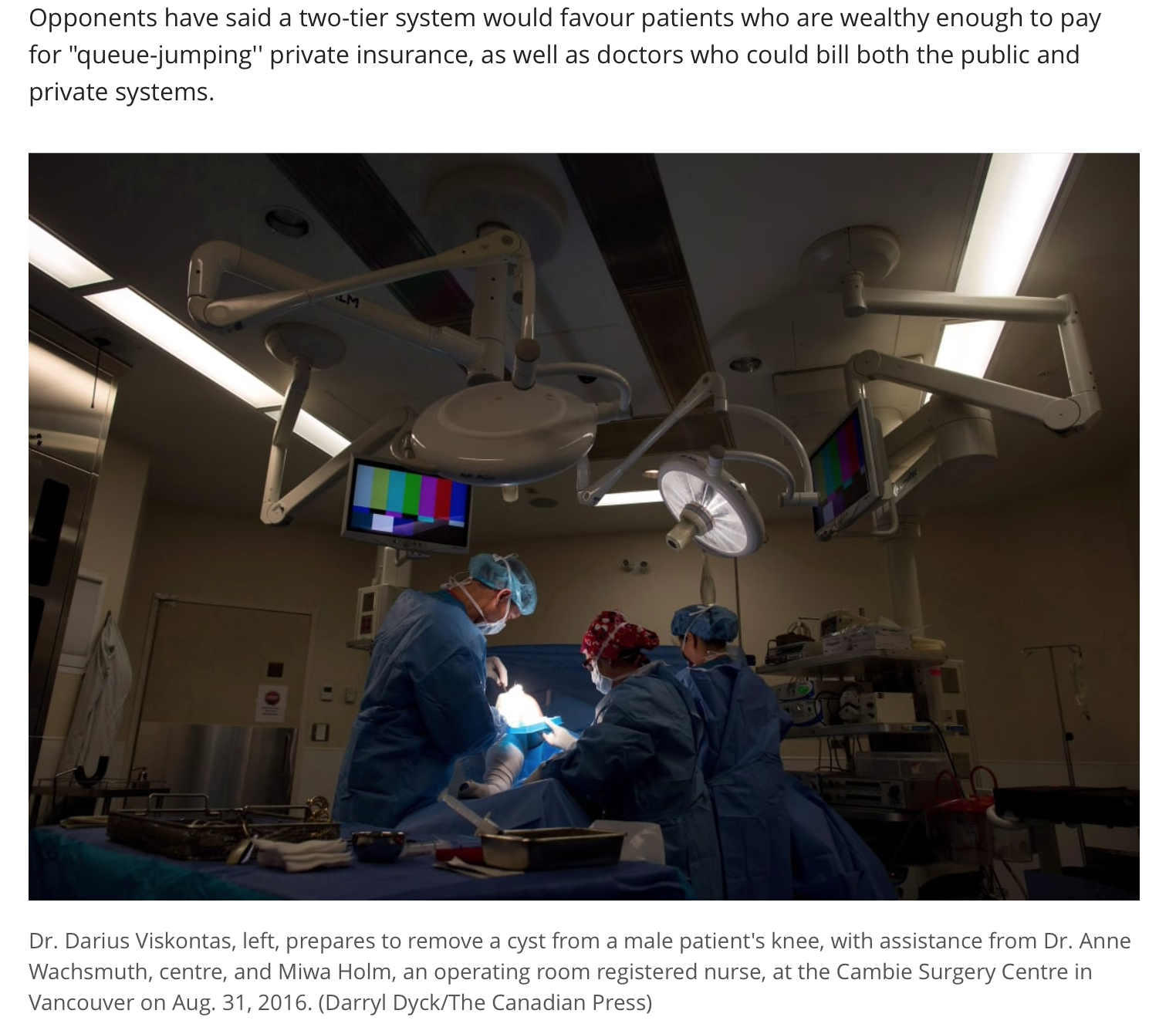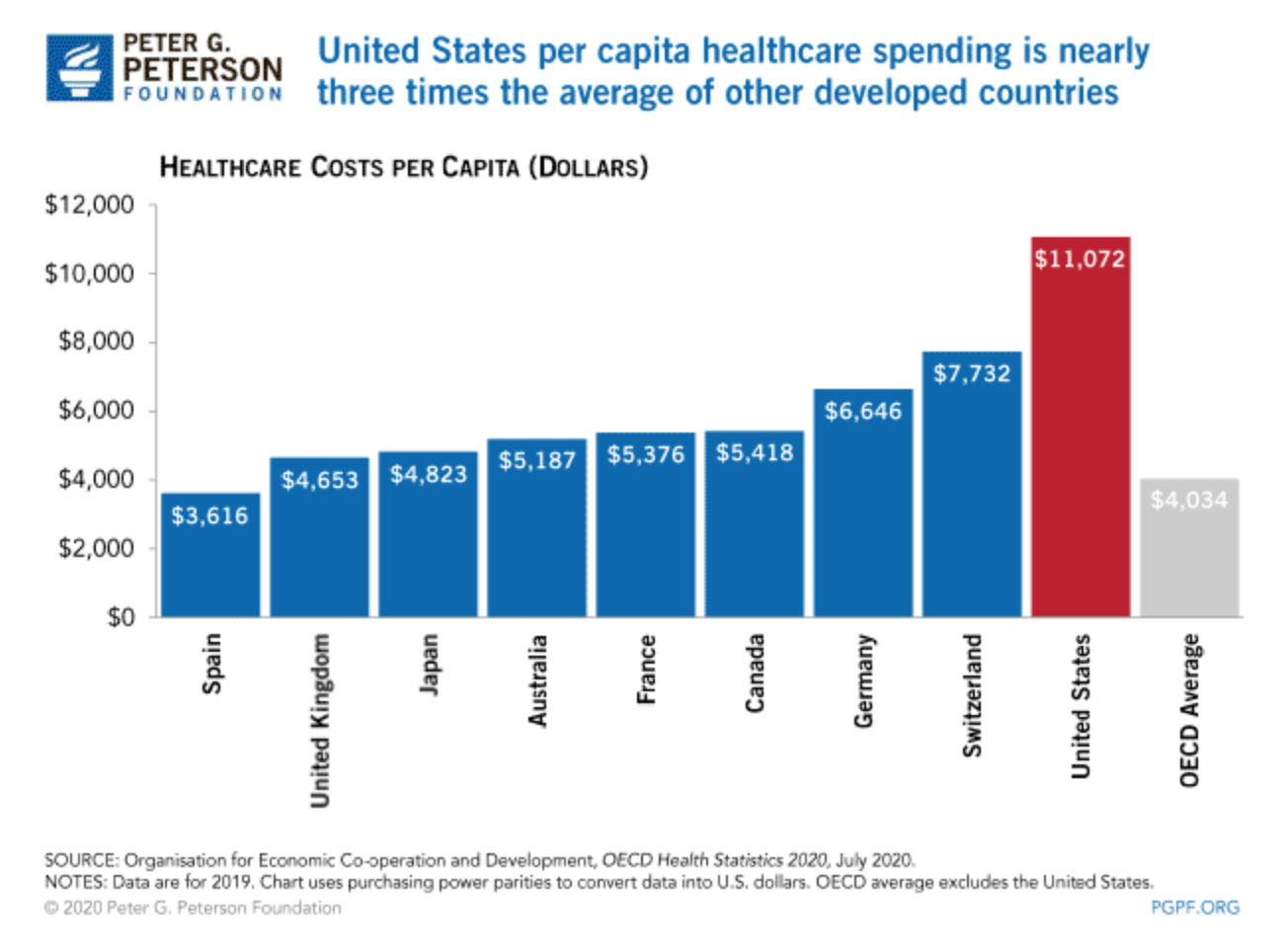Protecting Canada’s Health Care
What choice in Health Care will be available to you?

“Telus Health” is just one example of how Big Business is moving into the lucrative market of health care as more and more doctors exit the public system in favour of career opportunities in the private system. Don’t blame the doctors and don’t blame big business.
Update: June 3, 2022
Many will be aware of the challenges posed by a shortage of private practice family doctors. To this point, our family is lucky, we’ve had the same family doctor for thirty years, and our doctor has mentored dozens of young women moving into the medical field. Over the past five years, as she has moved slowly away from full-time practice, she has gradually transferred her practice to young doctors entering the system. As we age, there is a feeling of security in knowing we can turn to those young women at a moment’s notice, either by phone or in person.
Yet, tens of thousands of people in British Columbia and across Canada do not have that same security. Each day, family doctors leave private practice and move to a “fee for service” clinic where doctors can assure timely service and reduced wait times. However, this availability comes at a steep cost to our society. It will not be long before much of our daily health care is transferred to a “for-profit” system similar to that in the United States. If you have the ways and means to enter that system, you can get the best treatment in the world, but if you don’t, you will have no choice but to enter the cash-starved public system. Now is the time to give a boost to the public system.
It’s Time to Protect the Public Health System

Canada’s Healthcare System Explained (Watch)
This video is of US origin, however it is an interesting perspective from an outsider, particularly one from the United States. There are other equally interesting health care video’s in the series.
1. Canada and Public Health Care
One of the many defining features of Canada is our Public Health Care system. While the system continues to provide high-quality care to a broad cross-section of Canadians (rich and poor), funding cuts have led to longer wait times and other shortfalls in service. This has become particularly evident during the current pandemic as Covid19 patients fill beds normally be set aside for ongoing treatments. (What is happening in our hospitals Ref Part’s 3 and 6)
While trying to balance decreasing budgets, many hospital boards have were forced to.. “contract out services deemed outside the “core mandate” of the hospital system such as food, cleaning and laundry services. Despite extensive complaints about the quality of services they provide, global corporations draw billions of dollars from Canadian hospitals, turning them into conduits for public taxpayer dollars for Wall Street and major stock exchanges. In 2015 alone, one health authority, Vancouver Coastal Health, forked over nearly $35 million to Sodexo, a French food services and facilities management company, amidst rising complaints about the awful food in BC hospitals. One investigative reporter who tried to get information about what was in Sodexo’s food and where it came from was blocked by Coastal Health, which said that the information was subject to the commercial confidentiality clause of its contract with the company.”
Note: August 30, 2021
Province reverses privatization of cleaning and dietary work in B.C. hospitals
“Health Minister Adrian Dix announced on August 30, that privatized hospital cleaning and dietary workers will be brought back in-house as health authority employees. The Hospital Employees’ Union says the move will help restore fairness and stability in the health care system.” (BC Reverses Privatization)
While both Liberals and Conservatives must shoulder blame for the ongoing shortfall in funding, it has left hospitals few options over the past two decades. “In 2006, a reinvigorated Conservative Party led by Stephen Harper was elected. A staunch opponent of universal medicare, Harper utterly failed to monitor provincial compliance with the Canada Health Act and rejected a renewal of the Health Accord. Instead, the federal government unveiled a new funding formula in 2012 that continued the automatic, unconditional annual 6% increase in cash transfers to the provinces for health, but only until 2016–17. Thereafter, transfers were slated to grow by 3.9% annually, well below the 5.1% annual increase expected in provincial and territorial spending. These cuts are slated to reduce the federal share of expenditures from 20.4% to 18.6% by 2025, cutting federal transfers by an estimated $36 billion over the first 10 years.” The Liberals who followed have not done much to improve the situation.
Link here for an explanation of the funding history: “20 years later: How corporations took over Canada’s health care system”
2. Protecting the Canada Health Act
During the current federal election, three leading parties pledged a substantial infusion of $60 billion into the health system. A large part of this funding would be in transfers to the Provinces. Only one party, the Conservatives, have refused to state whether they would protect the Canada Health Act. Whether they would leave open a path to privatization was not answered. The Conservative government in Alberta have already made clear they will cut back on the private system. In this process, only a change to the NDP or intervention by the Federal government could hold the line on the public system.
Following is a summary of federal responsibility to enforce the Act, along with an organizational chart.
“The Canada Health Act is Canada’s federal legislation for publicly funded health care insurance.” The Act sets the primary objective of Canadian health care policy, which is to “protect, promote and restore the physical and mental well-being of residents of Canada and to facilitate reasonable access to health services without financial or other barriers. The CHA establishes criteria and conditions related to insured health services and extended health care services that the provinces and territories must fulfil to receive the full federal cash contribution under the Canada Health Transfer (CHT). The CHA aimed to ensure that all eligible residents of Canada have reasonable access to insured health services on a prepaid basis, without direct charges at the point of service for such services.”

3. Why is this important?
One of the longest-running challenges to overturn Health Acts in Canada and B.C. began in British Columbia when Dr Brian Day opened the Cambie Health Centre in Vancouver. The centre catered to those who could pay extra fees to bypass wait times in the public system. While the B.C. Medicare Protection Act “prohibits doctors from billing the government for work they do in the public system while also earning money from private clinics and billing patients or their insurance companies.” Dr Day bypassed this requirement.
“Day opened the Cambie Surgery Centre in 1996 and launched court action against the B.C. government in 2009 over sections of the Medicare Protection Act. It prohibits doctors from billing the government for work they do in the public system while also earning money from private clinics as well as billing patients or their insurance companies.” Day also, “claimed that prolonged wait times for medical procedures violated two charter rights, including the right to life, liberty and security of the person,” And, further, “that patients have a constitutional right to pay for private care when wait times in the public system are too long.”

The case wound its way to the B.C. Supreme Court, where, last year where, “Justice John J. Steeves dismissed both charter claims, noting the B.C. Medicare Protection Act is focused on medically necessary care, not ability to pay.” (CBC News)
(Note: The CBC article mistakenly listed this ruling as being made by the Supreme Court of Canada).
Dr Day has not yet indicated whether he will appeal to the Supreme Court of Canada, but that seems likely. Given the case has cost him (Day and the Clinic) hundreds of thousands of dollars to this point, it seems his supporters have deep pockets and would prefer to see the standards of Canada and B.C. Health Acts, overturned.
A telling side effect of public health being squeezed out by the private system surfaced during the current pandemic. While the U.S. private system has realized windfall profits over the past eighteen months, the public system has struggled for funding. Consequently, a broad cross-section of disadvantaged in the U.S. has born the brunt of poor outcomes (lack of access to care and a disproportionate number of deaths). Link: A struggle for funding.
This is a troubling outcome for a nation that spends three times as much on health care as the average G7 nation and over twice as much as Canada. (Chart Below) A video from the same source as the introductory video provides an overview. (U.S. health care system explained) Following is another dreadful outcome of life and death in the U.S. health care system, another statistic that leaves the U.S. as an outlier in the G7.
“In February 2021, The Lancet published a long critique of the U.S. pandemic performance. By then, 450,000 Americans had died. The Lancet pointed out that if the COVID death rate in the United States had tracked the average of the other G7 nations, 180,000 of those people would still be alive. “Missing Americans” they called them.” (p.XV, “The Premonition” by Michael Lewis, A Pandemic story. (Summary of the book) Given the trend in the U.S. from February 2021 to September 2021, the outcome is likely to be far worse.

Another article, How Canada compares to other countries on Covid-19 cases and deaths, provides excellent background material in which the author outlines how many of the challenges faced in Canada are related to cutbacks in health care funding. On that front, 85% of the Covid-19 deaths in Canada occurred in Long Term Care facilities.
4. The Canadian political party promises expanded health care funding in 2022 and following
While election promises are always subject to back-tracking, it is essential to have some idea of how each party intends to hold the provinces accountable for funds received. In this battle, the Conservative Leader, “… Erin O’Toole, has vowed to “never challenge” provincial laws, a sweeping statement that carries potential implications in areas ranging from abortion access to secession rights, marking a sharp break from the Liberal tack.” And, of course, this would extend to holding provinces accountable public health care dollars.
We must all pay attention and take action in this evolving story.
Harold McNeill
September 17, 2021
(171)
Trackback from your site.
